Hinduism Introduction
Hinduism is the world's oldest religion, going back to before 2000 BC, and has about 1.2 billion followers. That makes it the third largest religion behind Christianity and Islam. Ninety-five percent of Hindus live in India.
Hinduism has no specific founder but was founded out of the belief in "Brahman" as the supreme spirit that appears or is represented in different forms, human (male or female) or animal, emphasising different functions or aspects of Brahman.
Brahman is everywhere and is the ultimate reality, but Hindus say that the 'Om' sound is defined as being the primordial sound of creation.

The Om symbol is often found at family shrines and in Hindu temples and devotees use the Om sound to support meditation and mindfulness of everything that exists.
There are hundreds of Hindu gods but there are three main forms of Brahman, called the Trimurti. These three gods are known as Vishnu, Shiva and Brahma (note 'ma' at the end, not 'man').
These three keep the world in equilibrium and have the following tasks (Note: Some of the symbols held by their hands can interchange and many of the gods have lots of brothers and sisters and children):
Vishnu - Maintains/Preserves
Represented by a human body, often with blue skin, with four arms. Each hand holds an object representing the things he is responsible for.
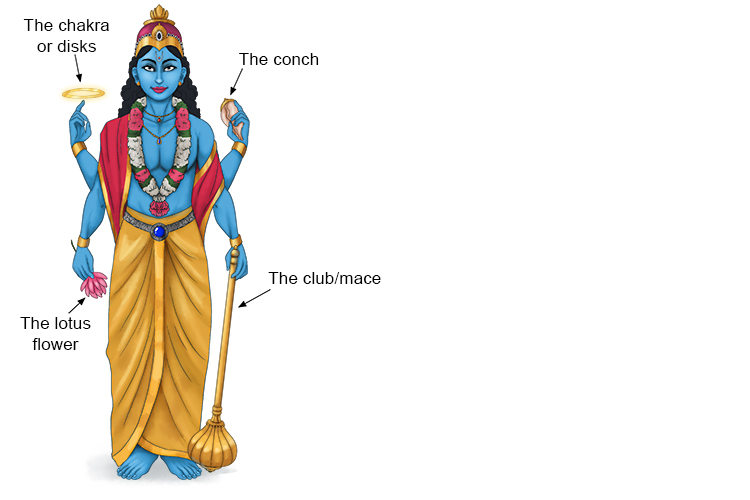
Followers of Vishnu are called Vaishnavas and follow him as well as his 10 incarnations or avatars. His wife is called Lakshmi.
Vishnu has over 100 other names.
Shiva - Destroyer
Shiva is represented as a man with a white body, due to the ashes of corpses that have been smeared on his body. Shiva has a blue neck from holding poison in his throat, but sometimes this can be represented by the whole body being blue. His hair is adorned with the crescent moon. He has a third eye and wears a garland of skulls and serpents around his neck. Shiva is married to Pavata.
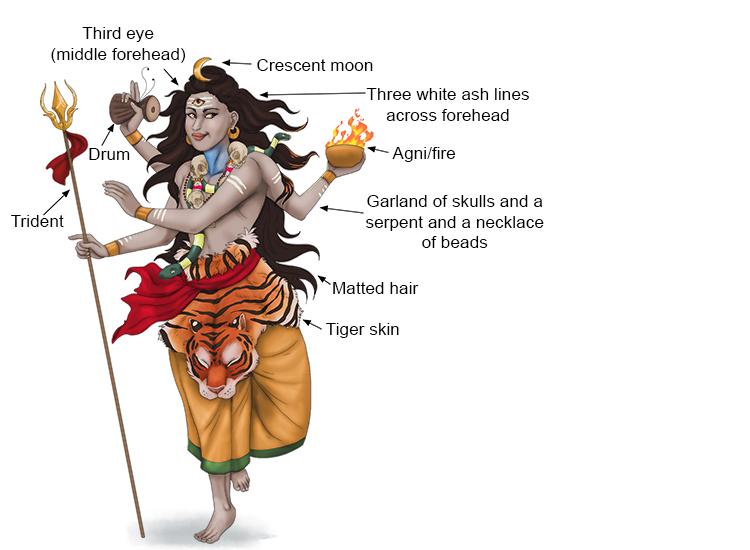
Shiva's followers are called The Shaivism Sect.
Shiva has over 1,000 other names.
Brahma - Creator
Brahma is depicted as a red or golden skinned man with four heads and hands. The four heads represent the four key texts/books called Veda. His name is not to be confused with Brahman, who is the supreme God or force which represents all things.
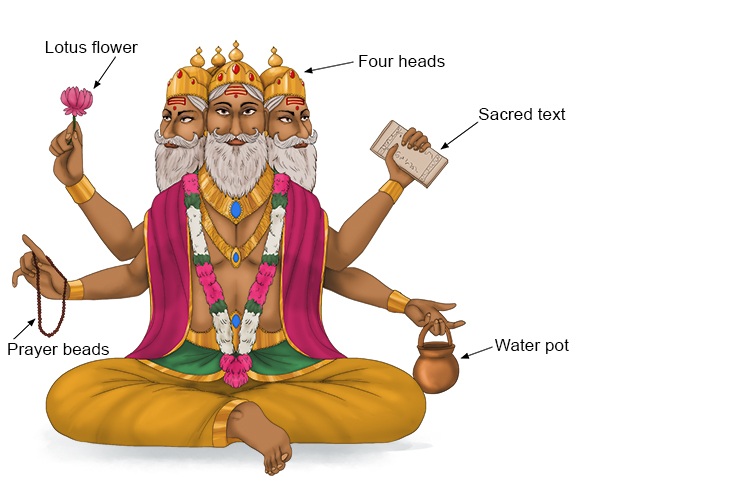
Brahma's wife is Saraswati, goddess of knowledge or learning.
Brahma has over 20 other names.
But there are many other important gods that are worshipped, including:
Ganesha - elephant headed Hindu god of beginnings.
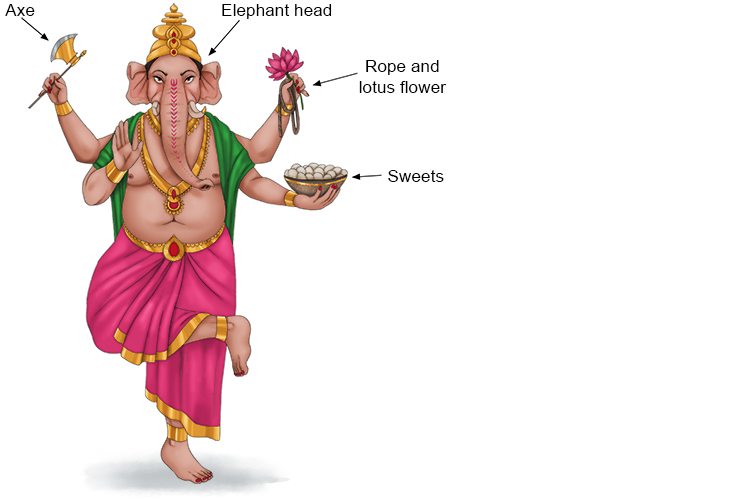
Ganesha has over 100 other names.
Lord Rama - avatar of Vishnu, represented as a standing figure holding an arrow in his right hand and a bow in his left. His skin is blue or green.
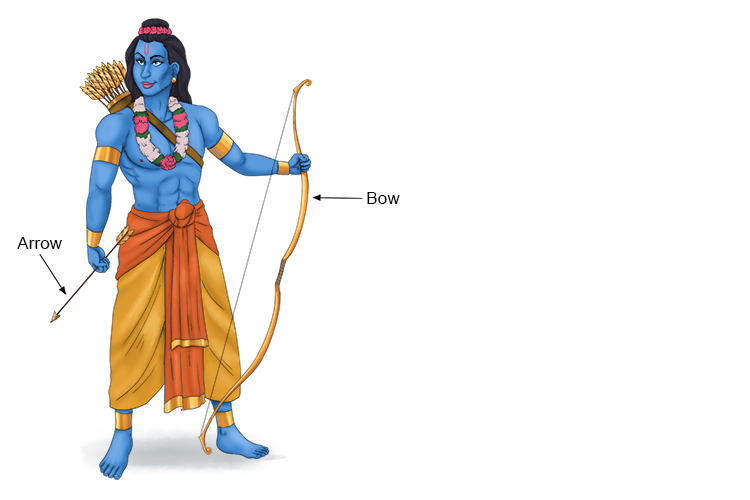
Lord Rama has over 100 other names.
Lord Krishna is depicted as holding a flute and, although commonly depicted as blue, his skin was actually black.
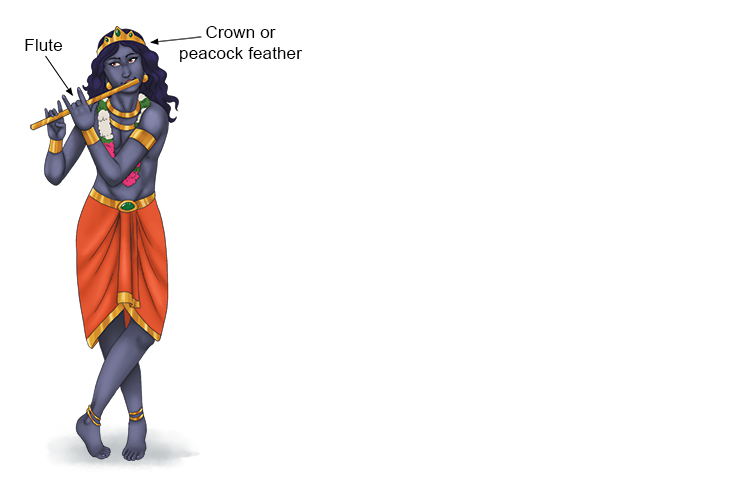
Lord Krishna has over 100 other names.
The gods shown above are but a few. Hindus worship many different gods, but all are an aspect of Brahman.
Holy Books of Hinduism
Hindus value many sacred writings as opposed to one holy book. They were written in Sanskrit (an ancient Indian language that forms the basis of some modern Indian languages). There are two categories of texts: the revealed text and the remembered text. The revealed texts were supposedly the divine word heard by a primordial sage. The remembered texts were created later by humans.
The revealed text or "that which is heard" is divided into four sections:

The Upanishads (teachings of Hinduism composed between 800-200 B.C.E) text was later also included in the Veda texts.
The Smriti texts or "remembered texts" are usually attributed to an author/sage and include many texts/books including:
The Ramayana - an epic poem relating the story of Lord Rama and Sita.
The Bhagavad Gita - the most popular, most-read sacred texts used by Hindus in Europe.
The Puranas - large collection of poems and stories that encourage worship.
Hindu Beliefs
Hindus believe in Samsara, the continuous wheel of life, death and reincarnation.
They believe in the idea that people's actions and thoughts directly determine their current life and future lives and therefore it's important to pursue the four purposes of human life.
The goal is to achieve Moksha, end the cycle of rebirths and become part of the absolute soul.
Hindus revere all living creatures and consider the cow a sacred animal.
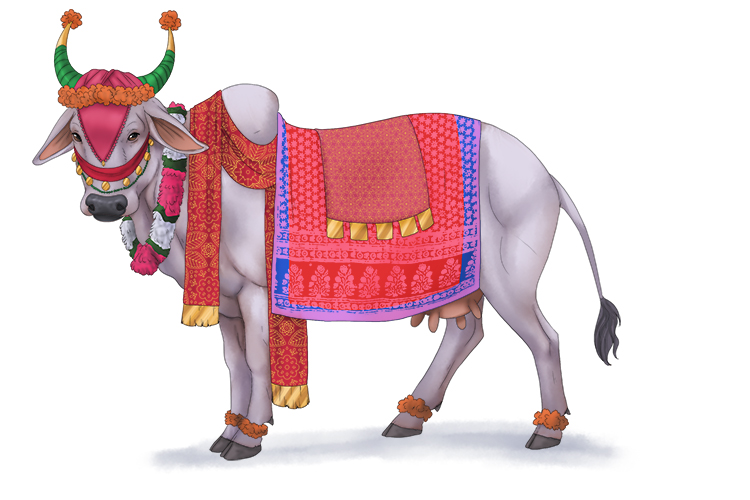
Hindu Places of Worship
Hindu worship is known as Puja and can be practiced at home or at the Mandir (Hindu temple) any time the worshippers please.
It is an important part of Hinduism to offer a present, such as flowers or oil to the Murti (statues of Gods).
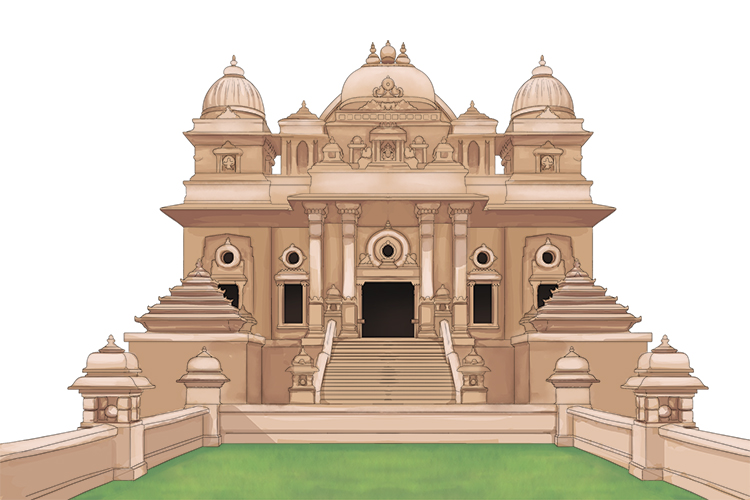
Castes
Hinduism says you should understand your position or stage in life, meaning your spiritual growth, but it has also come to represent your caste or social status.
The caste system divides Hindus into four categories and then the untouchables as follows:
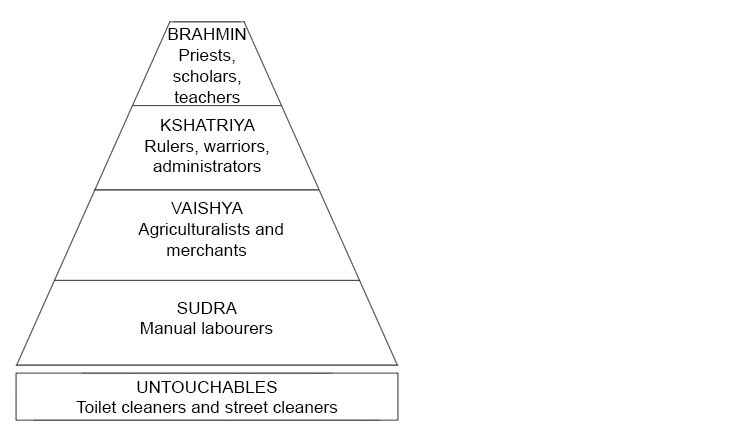
Note: for each classification above, a few examples are given, but there are many examples of the types of job for each category.
For thousands of years caste systems prevented marriage between social groups or use of the same water holes, and bestowed privileges on the upper castes awhile repressing the lower castes.
When India became independent in 1947, its constitution banned discrimination based on caste.
Celebrations
Diwali - every year on a moonless night in October or November, Hindus celebrate Diwali, a festival of lights celebrating good over evil, light over dark and wisdom over ignorance.
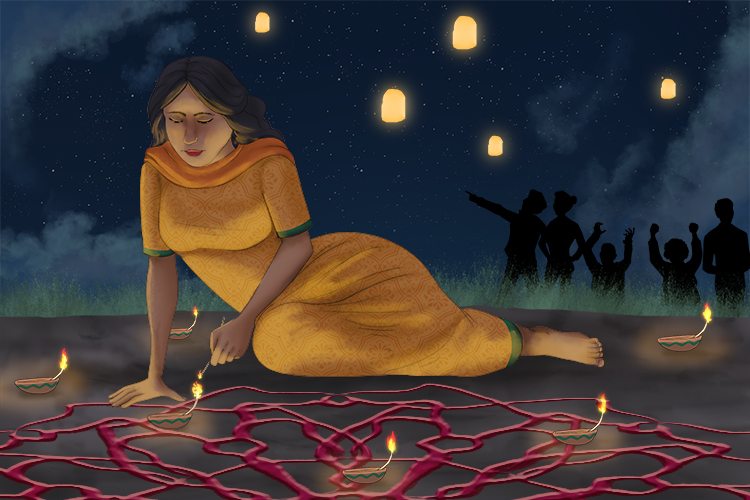
Holi - a festival of colour, Holi, is marked by the burning of an effigy of Holika, an evil Hindu entity. There is an evening of festival around the bonfire. The following morning people smear coloured powder on each other.
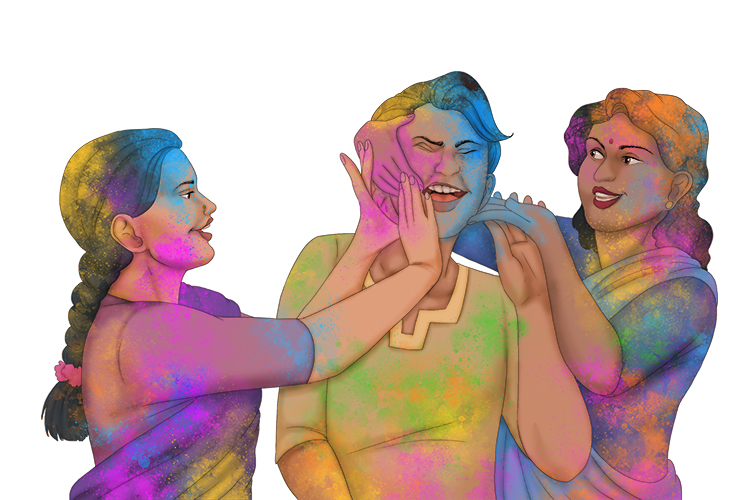
Other celebrations occur with different deities and areas of India.




